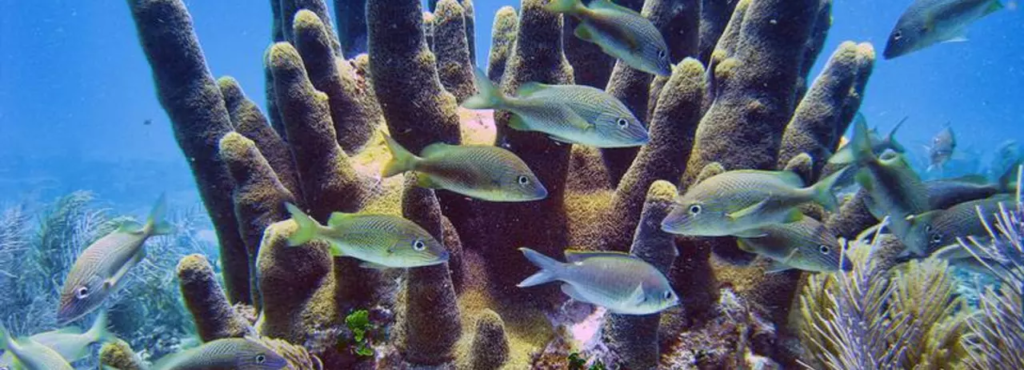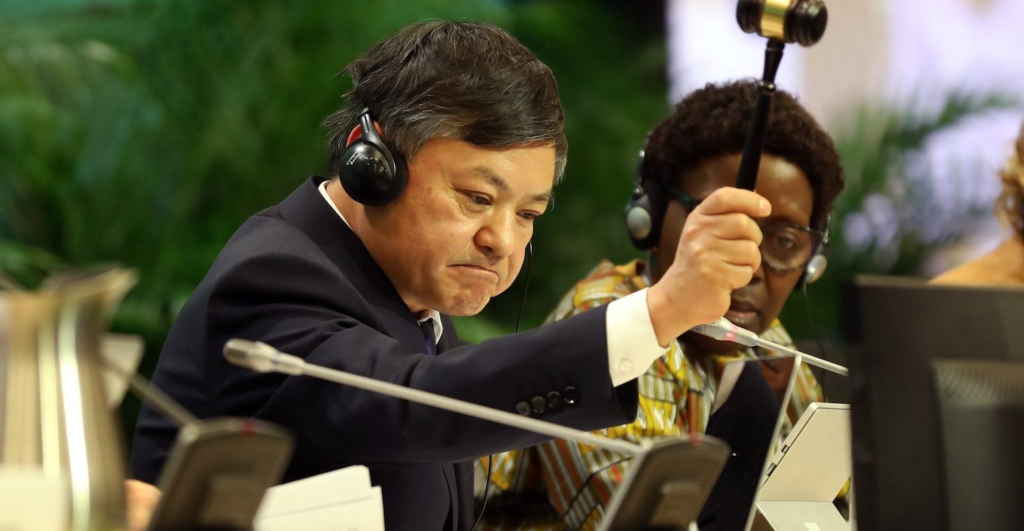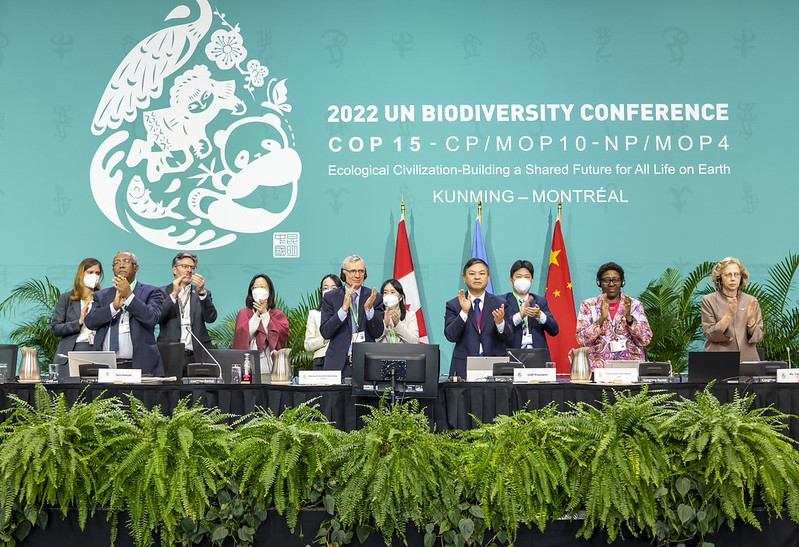Red List Calls Out ‘Perfect Storm of Unsustainable Human Activity Decimating Marine Life’

December 10, 2022 – JESSICA CORBETT – Common Dreams
“Today’s IUCN Red List update reveals a perfect storm of unsustainable human activity decimating marine life around the globe. As the world looks to the ongoing U.N. Biodiversity Conference to set the course for nature recovery, we simply cannot afford to fail,”
COP15: Key outcomes agreed at the UN biodiversity conference in Montreal

December 20, 2022 – CarbonBrief.org
Almost 200 countries have agreed to a new set of goals and targets to “halt and reverse” biodiversity loss by the end of the decade.
The final deal, reached in the early hours of Monday 19 December, included the oft-repeated headline target of “30×30” – an ambition to conserve 30% of the world’s land and 30% of the ocean by 2030.
A second “30×30” goal also made it into the final package, with developed countries agreeing to mobilise $30bn for developing countries by 2030.
COP15: Nations Adopt Four Goals, 23 Targets for 2030 In Landmark UN Biodiversity Agreement | Convention on Biological Diversity

19 December 2022, Montreal – Official CBD Press Release
Among the global targets for 2030:
- Effective conservation and management of at least 30% of the world’s lands, inland waters, coastal areas and oceans, with emphasis on areas of particular importance for biodiversity and ecosystem functioning and services. The GBF prioritizes ecologically-representative, well-connected and equitably-governed systems of protected areas and other effective area-based conservation, recognizing indigenous and traditional territories and practices. Currently 17% and 10% of the world’s terrestrial and marine areas respectively are under protection.
- Have restoration completed or underway on at least 30% of degraded terrestrial, inland waters, and coastal and marine ecosystems
- Reduce to near zero the loss of areas of high biodiversity importance,including ecosystems of high ecological integrity
- Cut global food waste in half and significantly reduce over consumption and waste generation
- Reduce by half both excess nutrients and the overall risk posed by pesticides and highly hazardous chemicals
- Progressively phase out or reform by 2030 subsidies that harm biodiversity by at least $500 billion per year, while scaling up positive incentives for biodiversity’s conservation and sustainable use
- Mobilize by 2030 at least $200 billion per year in domestic and international biodiversity-related funding from all sources – public and private
- Raise international financial flows from developed to developing countries,in particular least developed countries, small island developing States, and countries with economies in transition, to at least US$ 20 billion per year by 2025, and to at least US$ 30 billion per year by 2030
- Prevent the introduction of priority invasive alien species, and reduce by at least half the introduction and establishment of other known or potential invasive alien species, and eradicate or control invasive alien species on islands and other priority sites
- Require large and transnational companies and financial institutions to monitor, assess, and transparently disclose their risks, dependencies and impacts on biodiversity through their operations, supply and value chains and portfolios